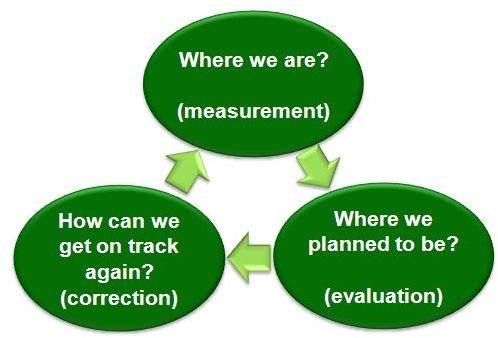Capturing Core User and IT Functional Requirements with Tried and True Project Management Techniques
Any software will be appreciated by users and elicit favorable market response only if it captures the right user requirements. Before proceeding further, it may be necessary to understand what is meant by User Requirements Capture.
Understanding User Requirements Capture
User Requirements Capture is a pre-study done during the initial period of project implementation. The purpose is to analyze the product from a prospective user’s viewpoint, and to fulfill the user’s probable needs. This pre-study will strengthen the project focus and make more meaningful the project scope.
The User Requirements Capture findings can be used as a tool to comply with the user needs and thereby make the project a success. The pre-study to know user needs generally entails conducting surveys, holding formal interviews as well as casual interactions with prospective users and applying certain standard tests.
Functional and Design Specifications
To successfully build the software capturing the user requirements calls for two key components – Functional Specifications and Design Specifications.
Functional Specifications, as the term connotes, are the specifications that a user would want the software to provide. To be truly purposeful, the functional requirements must cover the nature of product construction, process details and system features and inclusion of illustrative diagrams and flowcharts will be a great help.
Design Specifications are the type of design that the user will find friendly and comfortable to operate. The Design specifications should ideally include the various software and user interfaces explained with screen shots or other visual aids to make concepts easily comprehensible to the intending user.
Requirement Analysis
Requirement analysis is a study that is receiving increased attention from many project professionals as well as those writing software specifications. Requirements analysis, for it to be scientific ad purposeful should fulfill three basic criteria:
- An effective interaction with intending users and prospective customers aimed at ascertaining what their specific needs are. This key exercise is known as collecting information about customer requirement.
- The information collected about customer requirements has to be properly analyzed for clarity, sense of completeness and elimination of possible contradictions.
- The third aspect is to document the requirements in different formats - such as plain text, case history, and process specifications.
The software developers must address the following areas to satisfy the software fully meets the customer requirements.
Critical Review
The chief merit of User Requirements Capture is avoidance of waste of both time and money as the users’ needs and expectations are fully taken into account. This methodology straightaway ensures that the project is worth the investment and all team members are aware what the customer expectations are even while embarking on the project thus enabling them to focus better on the end purposes.
As regards the demerits, the User Requirements Capture will certainly mean spending a lot of valuable time in pre-study to know customer needs. The relieving factor is this loss of time can be more than saved later as informed decisions will be taken avoiding rectification work. The other adverse criticism is it is likely that wrong or misleading information about user needs may be collected based on conjectures, conflicting opinions and varied preferences. May be it will call for hiring experienced user research professionals which will mean additional expenses.
Image Credit: Wikimedia Commons
